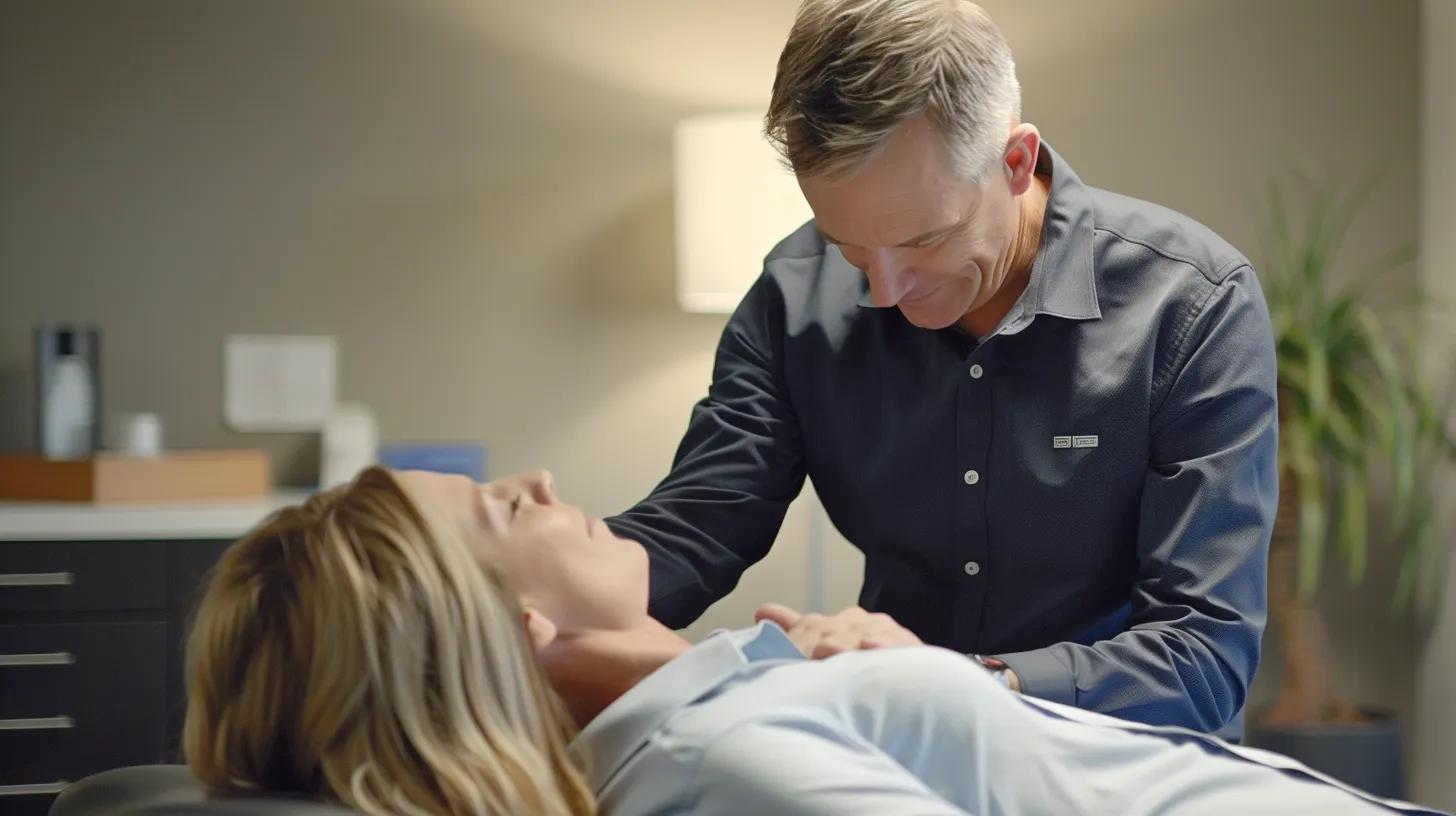American College of Physicians issues guideline for treating nonradicular low back pain
Treatment recommendations include massage, acupuncture, spinal manipulation, tai chi, and yoga
Philadelphia, February 14, 2017 — The American College of Physicians (ACP) recommends in an evidence-based clinical practice guideline published today in Annals of Internal Medicine that physicians and patients should treat acute or subacute low back pain with non-drug therapies such as superficial heat, massage, acupuncture, or spinal manipulation. If drug therapy is desired, physicians and patients should select nonsteroidal anti-inflammatory drugs (NSAIDs) or skeletal muscle relaxants.
Low back pain is one of the most common reasons for all physician visits in the U.S. Most Americans have experienced low back pain. Approximately one quarter of U.S. adults reported having low back pain lasting at least one day in the past three months. Pain is categorized as acute (lasting less than four weeks), subacute (lasting four to 12 weeks, and chronic (lasting more than 12 weeks).
“Physicians should reassure their patients that acute and subacute low back pain usually improves over time regardless of treatment,” said Nitin S. Damle, MD, MS, MACP, president, ACP. “Physicians should avoid prescribing unnecessary tests and costly and potentially harmful drugs, especially narcotics, for these patients.”
The evidence showed that acetaminophen was not effective at improving pain outcomes versus placebo. Low-quality evidence showed that systemic steroids were not effective in treating acute or subacute low back pain.
For patients with chronic low back pain, ACP recommends that physicians and patients initially select non-drug therapy with exercise, multidisciplinary rehabilitation, acupuncture, mindfulness-based stress reduction, tai chi, yoga, motor control exercise (MCE), progressive relaxation, electromyography biofeedback, low level laser therapy, operant therapy, cognitive behavioral therapy, or spinal manipulation.
“For the treatment of chronic low back pain, physicians should select therapies that have the fewest harms and costs, since there were no clear comparative advantages for most treatments compared to one another,” Dr. Damle said. “Physicians should remind their patients that any of the recommended physical therapies should be administered by providers with appropriate training.”
For patients with chronic low back pain who have had an inadequate response to non-drug therapy, ACP recommends that physicians and patients consider treatment with NSAIDs as first line therapy; or tramadol or duloxetine as second line therapy. Physicians should only consider opioids as an option in patients who have failed the aforementioned treatments and only if the potential benefits outweigh the risks for individual patients and after a discussion of known risks and realistic benefits with patients.
“Physicians should consider opioids as a last option for treatment and only in patients who have failed other therapies, as they are associated with substantial harms, including the risk of addiction or accidental overdose,” said Dr. Damle.
“Noninvasive Treatments for Acute, Subacute, and Chronic Low Back Pain” is based on a systematic review of randomized controlled trials and systematic reviews published on noninvasive pharmacological and non-pharmacological treatments of nonradicular low back pain. Clinical outcomes evaluated included reduction or elimination of low back pain, improvement in back-specific and overall function, improvement in health-related quality of life, reduction in work disability/return to work, global improvement, number of back pain episodes or time between episodes, patient satisfaction, and adverse effects.
The evidence was insufficient or lacking to determine treatments for radicular low back pain. The evidence also was insufficient for most physical modalities and for which patients are likely to benefit from which specific therapy. The guideline does not address topical therapies or epidural injection therapies.
ACP’s clinical practice guidelines are developed through a rigorous process based on an extensive review of the highest quality evidence available, including randomized control trials and data from observational studies. ACP also identifies gaps in evidence and direction for future research through its guidelines development process.
ACP’s previous recommendations for treating low back pain were published in “Diagnosis and Treatment of Low Back Pain: A Joint Clinical Practice Guideline from the American College of Physicians and the American Pain Society” in 2007. Some evidence has changed since the 2007 guideline and supporting evidence reviews. The 2007 guideline did not assess mindfulness-based stress reduction, MCE, taping, or tai chi.
About the American College of Physicians
The American College of Physicians is the largest medical specialty organization in the United States. ACP members include 148,000 internal medicine physicians (internists), related subspecialists, and medical students. Internal medicine physicians are specialists who apply scientific knowledge and clinical expertise to the diagnosis, treatment, and compassionate care of adults across the spectrum from health to complex illness. Follow ACP on Twitter and Facebook.



